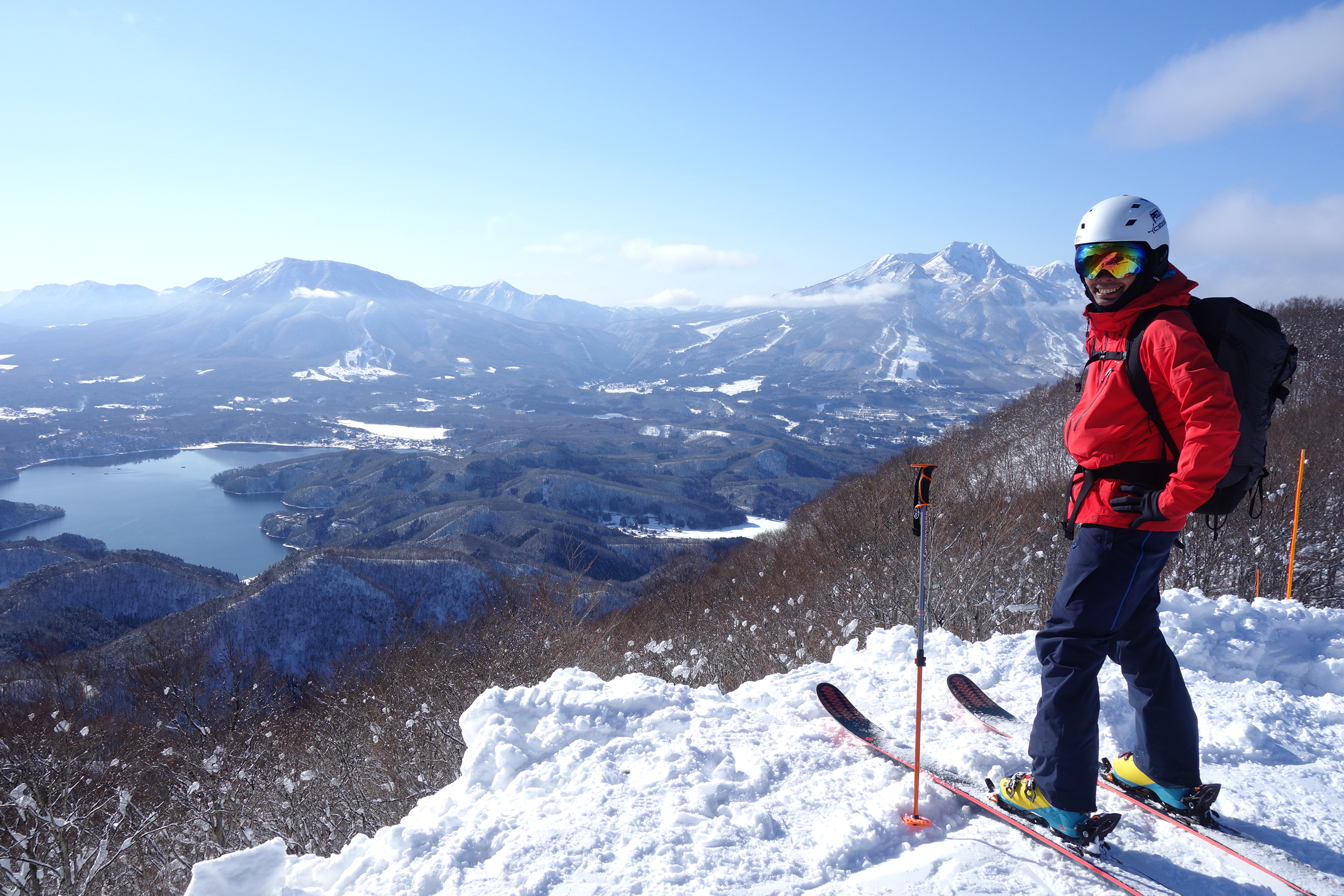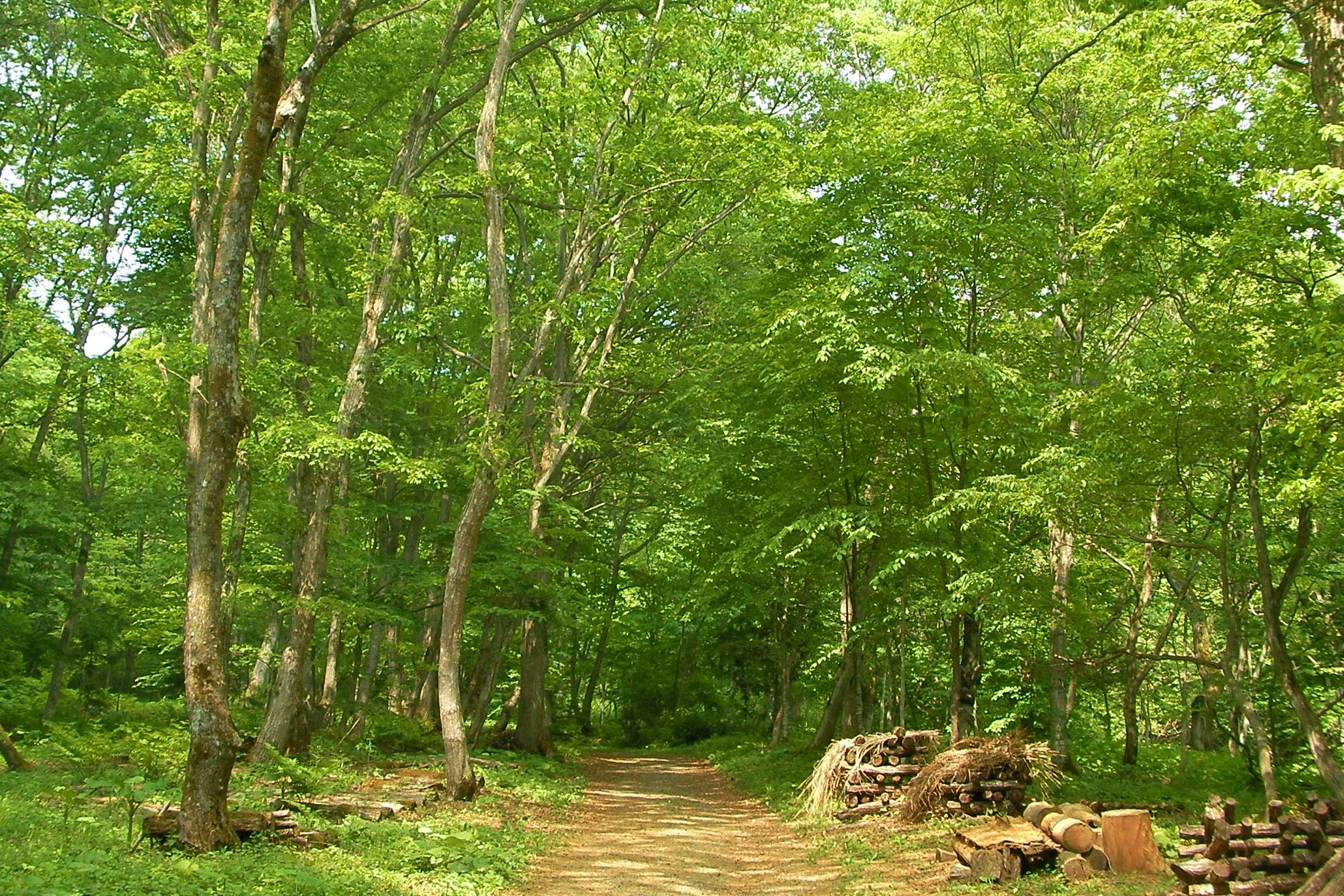The many charms of Lake Nojiri
The official story is that Canadian missionary Dan Norman just got tired of the crowds at Karuizawa, and, in 1920, headed off on his motorcycle, to find a new place to avoid the summer heat of Japan’s big cities. But I much prefer Paul Swanson’s version. “Legend has it that Dr. Norman and some of his acquaintances wanted to escape the stifling Karuizawa society—afternoon teas and the like (not so much, it seems, the heat)—and went forth to find a place where people could relax all day,” he says. “Meaning, lying in the sun or floating on the lake without being looked at suspiciously. They found a mountainside overlooking Lake Nojiri which was being used to gather wood and make …


